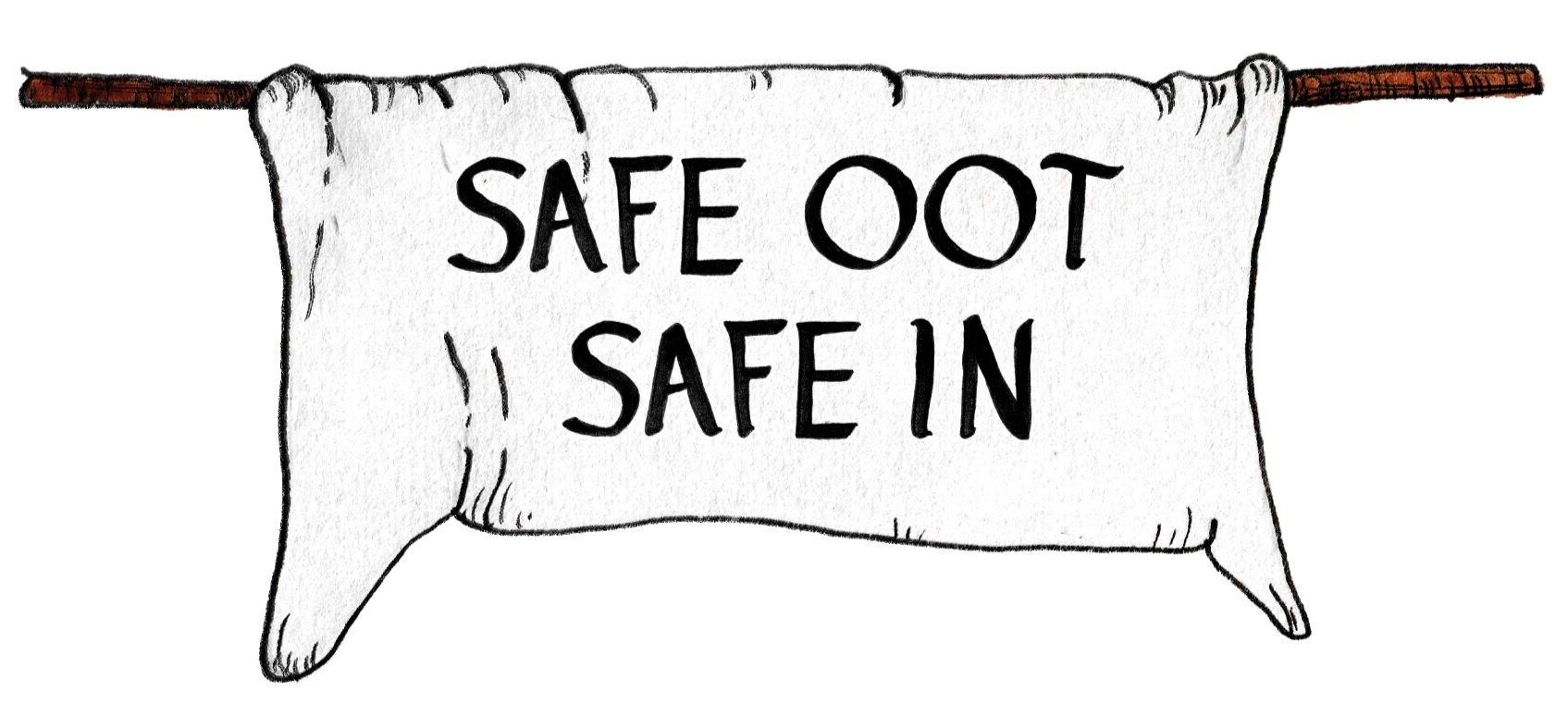History of the Ride












Early Origins
The ‘Bounds’ refers to the historic Liberties of Berwick-upon-Tweed – the area between the River Tweed and the present-day Scottish border.
The first written record of the Bounds comes from 1318, in a charter issued by Robert the Bruce after he took the town. At that time, the described land stretched only slightly beyond the medieval walls, around the area where the Bell Tower now stands.
A Contested Border
By 1438, a truce between England and Scotland outlined a formal border – but it wasn’t legally binding. In 1542, officials declared that the Bounds should be “perambulated so often as to keep them well known.” This boundary inspection fell to the town’s garrison.
The practice ensured that Berwick’s rights and lands were clearly understood – and protected – during times of political change.
The Royal Charter and the First Ride
In 1603, the Union of the Crowns saw King James VI of Scotland also become James I of England. A year later, he granted a Royal Charter to the Guild of Freemen of Berwick, setting out many of the rights still upheld today.
Before the Charter, the land within the Bounds was common land – freely used for grazing and haymaking. The Charter transferred ownership to the Freemen, but the shift led to disputes. In 1605, it was agreed that the land would be divided into clearly marked meadows. This work was carried out in 1608, and each burgess paid 6d per acre to fund the boundary ditches.
The first official Riding of the Bounds took place in 1609 – a civic duty to ride out and inspect the boundary lines. It was originally held twice a year, in May and October.
Traditions That Still Ride With Us
Many of today’s customs go back centuries:
Horses decorated with ribbons
A race at Canty’s Bridge (commemorating Margaret Tudor’s crossing in 1502)
A meal shared at the end of the ride
The tradition of the ride has endured for more than 400 years, only interrupted a few times:
Between 1726 and 1729 due to lack of funds
In 2001 due to the Foot and Mouth outbreak
In 2020 due to COVID-19
In 2021, a small committee-only “Bounds walk” took place due to gathering restrictions
Adapting for the Future
In 2017, to preserve the event for future generations, the decision was made to move the ride to the Saturday of the May Day Bank Holiday weekend. This change encouraged better attendance and helped secure the ride’s future – even though it marked a shift from the traditional 1st May.
Tapping the Bridge
Despite the date change, an important tradition remains: every year, on 1st May, the Principal Riders walk to tap the bridge.
This quiet ritual honours May Day and marks the symbolic start of the riding season. It’s a deeply meaningful gesture to many in the Berwick community – a reminder that some things are too important to be lost to time.






